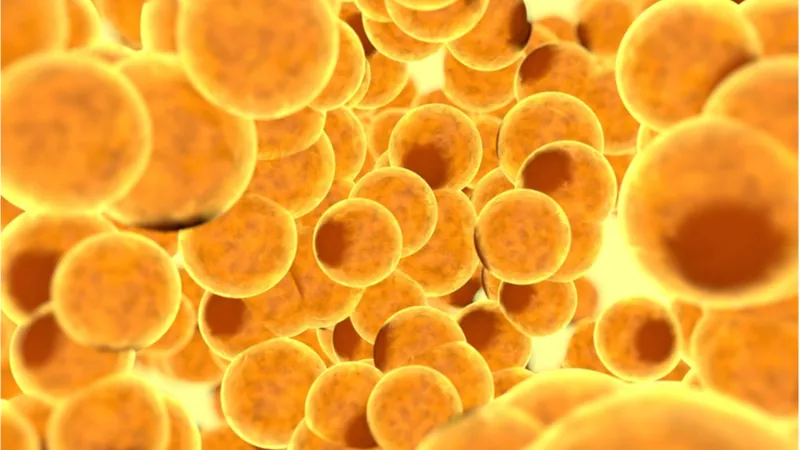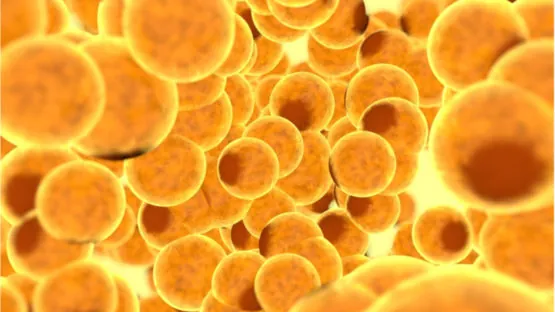Recent research published in the scientific journal Lab on a Chip sheds light on the behavior of adipocytes, the primary cells of our fat tissue.
Even though this tissue is often unwanted, regenerating adipose tissue is critical for reconstructive and cosmetic surgery, and being able to generate animal fat is critical for the creation of lab-grown meats. As the hormonal and endocrine functions of adipose tissue are implicated in aging pathways and age-related diseases, the study of these functions and how to modulate them could be incredibly important in tackling some aspects of aging. This is why researchers at Harvard are working to create fat-on-a-chip technology. [1]
Fattening Chips
Adipocytes, the main cells of our fat tissue, are especially difficult to study in two dimensions. By seeding and differentiating preadipocytes (the primary stem cell of fat tissue) on three-dimensional gelatin/polycaprolactone fibers, the researchers were able to grow adipocytes for twice as long and to a hundred times the size of two-dimensionally cultured cells. The size of adipocytes is of particular importance, as these cells grow dramatically during weight gain. In other words, our fat cells tend to get larger in size rather than quantity. Recapitulating this in vitro has proven to be a difficult challenge for researchers. While the cells in this study did not reach the size of cells in obese individuals, these results are a positive step towards achieving that goal.
Furthermore, the fat-on-a-chip system showed typical physiological responses to simulated meals and fasting. Glucose uptake increased dramatically when insulin was delivered to the cells, as was adiponectin secretion during fasting, which are both typical in vivo responses. The researchers also experimented with different patterning techniques and were able to further increase the similarity in cellular behaviors between their adipocytes and in vivo cells.
Taken collectively, this technology enables disease modeling and drug testing prior to in vivo validation and informs tissue engineering approaches for adipose reconstruction, aesthetic medicine, food and other applications for which adipocytes could be exploited.
Conclusion
The results of this study push us closer to being able to generate adipose tissue in a laboratory setting in the future. Additionally, this technology can be immediately utilized to help study the cellular physiology of adipocytes and better understand their role in diabetes and other age-related diseases. However, this model still has significant room for improvement. Just as animal models do not perfectly embody the conditions in humans, neither do these organ-on-a-chip technologies.
Literature
[1] Pope, B.D., Warren, C.R., Dahl, M.O., Pizza, C.V., Henze, D.E. …, Parker, K.K. (2020). Fattening chips: hypertrophy, feeding, and fasting of human white adipocytes in vitro. Lab on a Chip, online ahead of print. DOI: 10.1039/d0lc00508h




